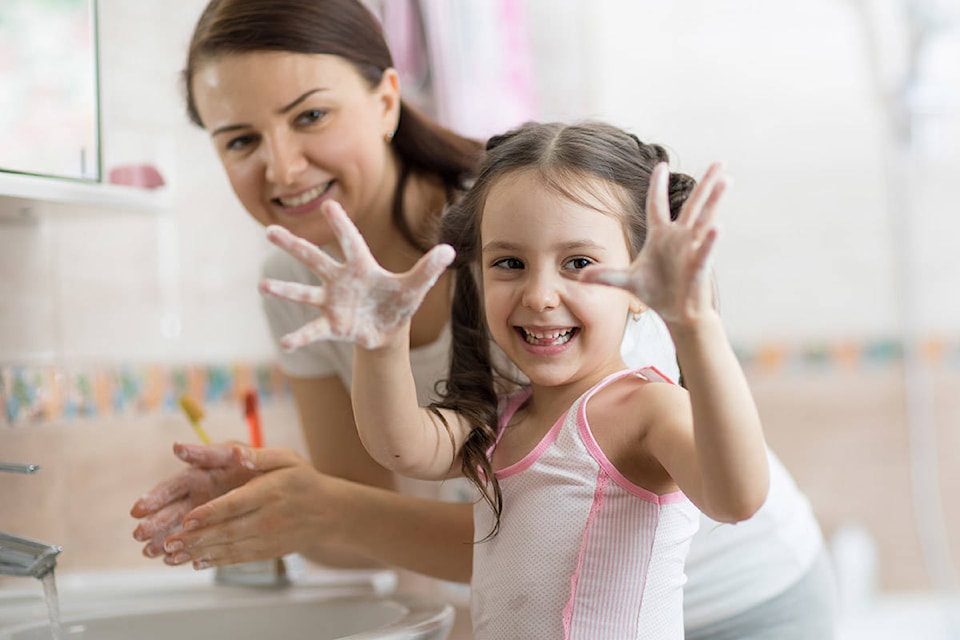Dear editor,
Hand hygiene is one aspect of the Provincial COVID-19 Health & Safety Guidelines for K-12 Settings and speaks to why full-capacity is a problematic and scary policy when health and safety are paramount.
I work with kindergarten-aged children. I am ECE-trained (early childhood education) and a member of the Joint Occupational Health and Safety committee at the school I teach at. My concerns with the Government of B.C.’s school restart plan are from the perspective of being a kindergarten teacher and early childhood educator. I am writing to share those concerns.
I counted a minimum of nine times that the kindergarten children will need to wash their hands - excluding “coughing or sneezing in hands, toileting, or whenever hands are visibly dirty.” Those are the words in the Government of B.C.’s guidelines. It also states in bold font at the top: “Rigorous hand-washing with plain soap and water is the most effective way to reduce the spread of illness…”
I have a class of 19 kindergarten children, possibly 20, and… Well, it’s not the coronavirus I am worried about… To be sure, all of that hand-washing is essential to keeping us healthy, but I wonder how it will all translate into the life of the classroom and impact these young children. The document also states that I need to supervise all of this hand-washing and we know that young children need close supervision when washing their hands to make sure it is done properly and thoroughly.
I wonder how kindergarten teachers will organize children for learning when they are needing to provide close supervision while hand-washing takes place nine times a day; how will the teacher provide guidance, direction, and address all that social-emotional behaviour and learning that will take place at the same time that this critical health and safety task of hand-washing takes place? The health and safety guidelines are impressive and thorough, however, I am wondering if the practical aspects of the guidelines were considered in terms of kindergarten-aged children – or even those in Grades 1 to 3; that is, what do they look like realistically when put into practice?
In my experience, the current reoccupancy plan falls short of the four foundational principles of the Provincial COVID-19 Health & Safety Guidelines for K-12 Settings. In its current form, one teacher working with a class of kindergarten children, will not be able to meet their safety needs, nor will one adult be able to provide a “continuity of educational opportunity.” How will instruction occur if the teacher is needing to supervise all of the hand-washing that needs to take place, including being available to support a child with the additional times hand-washing will need to take place, including after going to the washroom?
The BCTF is calling for lower density classrooms in order to address the needs of teachers and the students in their care. You can begin to see why when we take a closer look at just the hand-washing portion of the document. We need our leaders at the Ministry of Education and Ministry of Health to take these challenges seriously from a practical viewpoint and make the needed policy changes so that students can return to classrooms safely and continue to receive a quality education in our public schools.
#bckidsareworthit
Michelle Hawkins,
Courtenay



